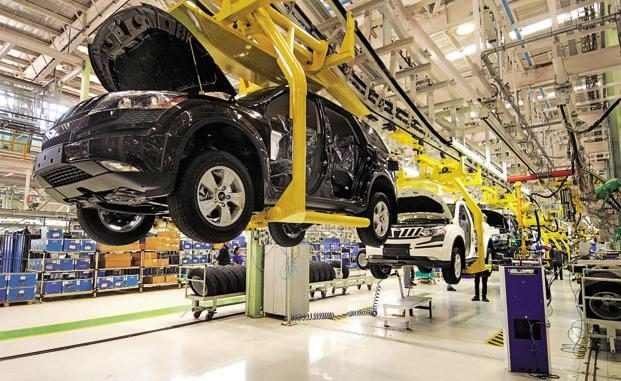
By Sabyasachi Kar and Spandan Roy
The de jure rules of business that are captured by World Bank’s ‘Doing Business’ reports can differ significantly from reality
The World Bank’s Doing Business (DB) rankings for 2018 have just come out and India has made a very significant jump, improving its rank from 130th in 2017 to 100th. These rankings are based on the country’s performance in several areas, like starting a business, getting construction permits, getting electricity, contract enforcement, etc.—fields where India has traditionally done very poorly, resulting in its global rankings hovering around the 130s during the last decade. This had prompted the current government to initiate a slew of business-friendly institutional reforms including, “Make In India”, simplification of tax procedures, bankruptcy laws and so on. All of these seem to have led to the big jump in India’s ranking.
What does all this say about the actual business environment in India? Very little, unfortunately. This may sound surprising, given that the DB report is taken very seriously by governments and the international investment community. However, in reality, these reports do not provide an accurate picture of a country’s business environment, a point made convincingly by a study published in 2015 by Mary Hallward-Driemeier of the World Bank and Lant Pritchett from Harvard University.
Their study compares the DB reports, which are based on interviews and questionnaires administered to local domain experts, with the World Bank’s Enterprise Surveys (ES), which are based on a sample of firms in each country. It shows that the two reports have very different answers for similar questions on the business environment. For example, according to the DB report, it took about 180 days to get a construction permit in India in 2014, but the ES data shows that during that same year, some firms needed only one day while others needed up to 365 days to get the same permit, with the average being 33 days. This shows that the de jure rules of business that are captured by the DB reports and the de facto reality reflected by the ES reports differ significantly. This puts a question mark on what the DB ranking really represents.
Clearly, rather than depending only on the DB report, any government that wanted improvements in the country’s business environment would want to understand the de facto situation faced by firms. Understanding this, the NITI Aayog and the IDFC Institute undertook a joint study of this issue based on firm surveys, and came out with a report in August 2017.
Unfortunately, rather than providing a comprehensive picture of the business environment in India and how it should be improved, the study draws conclusions that are of limited use for policymaking. For example, one of the major findings is that the business environment in high-growth states is better than in low-growth states. It is prudent to question the usefulness of this conclusion. If it implies that a high growth rate is a prerequisite for a better business environment, then improving the business environment loses its usefulness as a policy to push up growth rates. In such a situation, it’s not clear why a government would try to improve the business environment at all.
Another major finding focuses on the nature of the firms, and shows that start-ups report a more favourable business environment as they need less time to obtain approvals than older firms. However, the study defines start-ups by categorizing all manufacturing firms that have been set up after 2014 in this group. Any result based on this categorization can be misleading, as it would also include big investments in the manufacturing sector after the cut-off date, which have nothing in common with the small start-ups that are coming up in the information and communication technology sector.
In order to undertake effective policies to improve the business environment in India, we need to understand what causes it to be relatively good in some situations and poor in others. The NITI Aayog-IDFC study throws light on some of the broad trends in the country’s business environment, but fails to provide a deeper understanding of its causes due to the lack of a conceptual framework to analyse the data.
What should such a conceptual framework look like? In a recently published book titled The Political Economy Of India’s Growth Episodes, written by Kunal Sen of Manchester University and one of us, we have attempted to answer this question. We argue that the business environment in any developing country like India results from the nature of deals that are struck between the state and the business leaders, both at the Central and state levels. Here, the state includes both the political and the bureaucratic class. These deals between the state and select business entities explain why, for example, it takes some firms in India only one day to get a construction permit while it takes other firms around one year.
This framework should lead to two clear questions that any study on this issue should focus on: (i) what are the underlying social, economic or political characteristics of a state (be it the Central or the state government) that would encourage it to provide better deals to the bulk of the private sector firms and (ii) what are the strategies firms should undertake in order to ensure that the political class offers them more business-friendly deals. Unless we have studies answering these questions, our policymakers will remain handicapped in their attempt to better India’s business environment.
Sabyasachi Kar and Spandan Roy are, respectively, professor and senior research analyst at the Institute of Economic Growth.
Source: Livemint

Leave a Reply